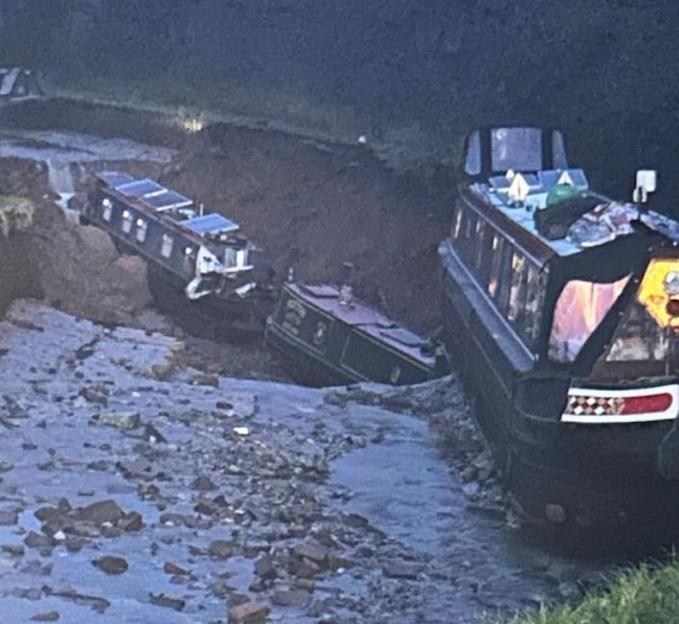On the heels of newly announced public health restrictions in parts of Alberta, the City of Lethbridge continued to see a decline in its number of active COVID-19 cases as of Thursday.
Read more: Alberta introduces targeted restrictions in ‘hot spots’ as active COVID-19 cases reach all-time high
But health experts are quick to stress the city is by no means out of the woods.
“It's up to all southern Albertans to keep these numbers down and to make them go down,” said Dr. Vivien Suttorp, Alberta Health Services' lead medical officer of health for the South zone.
Active cases of COVID-19 in the southern Alberta city of more than 101,000 people reached a peak of 534 on March 23.
There have been some ups and downs since, but in recent days, the number of active infections has been trending down.
A graph showing the trajectory of active cases in Lethbridge from early March to late April.
Global News
That number fell to 409 on Thursday, the lowest it's been since mid-March.
“At that point it seemed like we were starting that third wave a little earlier perhaps than the rest of the province,” Suttorp said.
“It's great to see those numbers not taking off but it's up to all of us to maintain that and to see them ultimately come down.”
The trend in Lethbridge though is not consistent across the entire south health zone, with other communities reporting an increase in their case counts.
In mid-February, the City of Medicine Hat accounted for just five per cent of the South zone's active cases. As of April 29, that number had increased to 17 per cent.
Read more: Cities of Lethbridge and Medicine Hat see vastly different COVID-19 trends
“(In the South zone) you're still running quite a bit higher than what you were seeing in November, December,” said Dr. Daniel Gregson, an infectious diseases physician at the University of Calgary.
“The important message is we need to keep the brakes on.”
When it comes to hospitalizations, the South zone's numbers are the lowest in Alberta.
On Friday morning, Alberta Health Services said there were a combined 27 COVID-19 patients at Chinook Regional and Medicine Hat Regional hospitals, the zone's two largest health care facilities.
Of those 27 patients, seven were in intensive care.
Between the two hospitals AHS said there are 24 ICU spaces and there's still concerns that more of them could fill up.
“Most of our hospitalized cases are variants,” Suttorp said.
As of April 29, variants of concern made up about 54 per cent of active cases in the South zone.
The zone has recorded a total of 1,416 variants.
According to Alberta Health, 1,375 of those are the B.1.1.7 variant first detected in the United Kingdom, the remaining 41 are the P.1 strain first identified in Brazil.
Read more: COVID-19 variants: Not the same disease
With rising cases in many communities, coupled with the ongoing threat of variants, the underlying message from experts to follow public health measures continues, with a plea to get added protection when it's your turn.
“If someone's offered you a vaccine, take it,” Gregson said.
View link »



